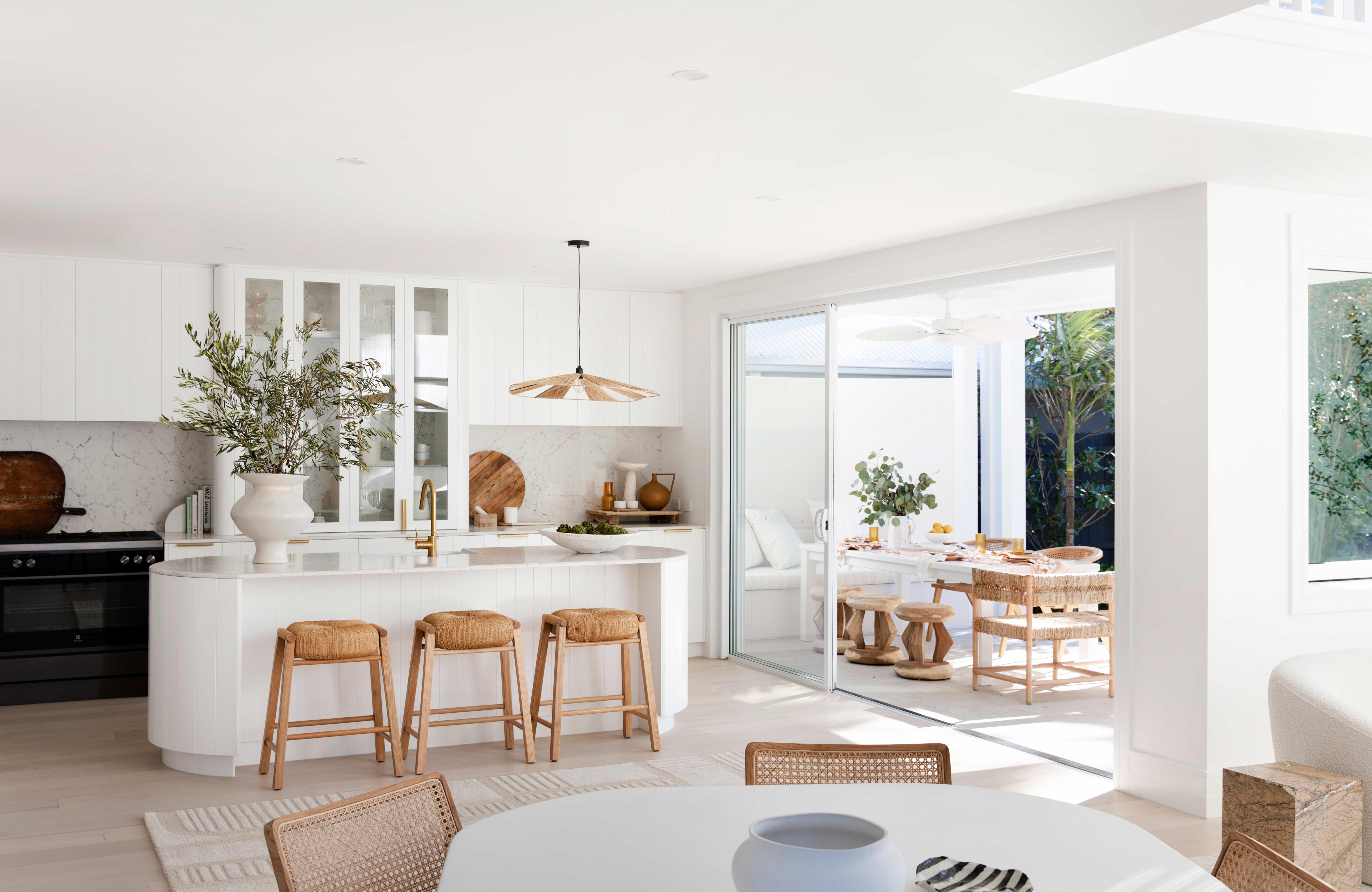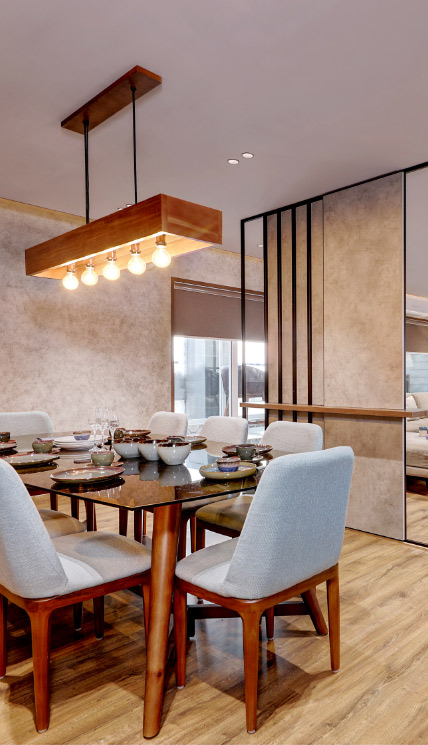Choose experts in miami luxury interior design for high-end home and commercial projects.
Choose experts in miami luxury interior design for high-end home and commercial projects.
Blog Article
Transform Your Home With Crucial Principles of Interior Style and Aesthetics
The art of transforming your home via the important principles of interior decoration and aesthetic appeal requires a thoughtful technique that integrates shade, equilibrium, and spatial understanding. By recognizing the influence of color theory and the importance of texture and patterns, one can produce rooms that are not just visually attractive yet also deeply individual. Accomplishing this stability involves more than simple design; it incorporates a tactical setup and a keen understanding of just how each aspect connects within a space. As we explore these foundational ideas, take into consideration exactly how they could redefine your understanding of home and personal expression.
Understanding Color Theory
Understanding the principles of shade theory enables developers to produce rooms that reverberate emotionally with occupants while fulfilling practical requirements. Each group plays a crucial role in developing harmony within an area.
The mental influence of shades is profound; warm tones such as reds and oranges evoke energy and heat, while awesome tones like blues and environment-friendlies promote calmness and harmony. Additionally, the use of corresponding shades improves visual interest, developing striking contrasts that can elevate an area's appeal.
Neutral colors, on the various other hand, function as a functional background, permitting various other layout elements to shine. It is important to take into consideration variables such as lights and the area's objective when picking a color scheme, as these can modify the assumption of shades throughout the day.
Eventually, a well-considered color pattern can transform a space, fostering a sense of convenience and design that straightens with the citizens' choices. Mastery of shade concept is, therefore, an important ability for any interior designer intending to develop unified and inviting environments.
Attaining Equilibrium in Style
Exactly how can designers attain a feeling of balance in their spaces? Attaining equilibrium in style is essential to producing unified insides. Designers can utilize 3 main sorts of equilibrium: in proportion, asymmetrical, and radial. Balanced equilibrium involves preparing aspects evenly around a main point, fostering a feeling of order and serenity. This kind usually features sets of furnishings or artwork, improving visual security.
Asymmetrical equilibrium, on the other hand, relies on varying elements that still accomplish a cohesive appearance. This method permits for more vibrant and informal arrangements, providing passion while preserving equilibrium. By carefully picking varying dimensions, colors, and structures, developers can create an aesthetically compelling area that really feels well balanced yet energised.
Radial balance stresses a main focal point with components emitting outside. This design is generally seen in circular designs, where furnishings and style create a cohesive surround that attracts the eye inward.
Ultimately, attaining equilibrium calls for thoughtful factor to consider of scale, proportion, and the partnerships in between elements. interior design firms. By skillfully using these balance concepts, developers can change spaces right into atmospheres that feel both visually pleasing and functionally harmonious, improving the overall experience for residents
Significance of Spatial Understanding

A keen sense of spatial awareness enables designers to determine centerpieces within an area, leading the viewer's attention to essential functions while preserving a general feeling of unity. It additionally assists in the strategic placement of lighting, which can significantly influence the perception of area and mood. Furthermore, recognizing spatial partnerships makes it possible for the developer to satisfy the certain demands of occupants, making sure that each location serves its designated purpose without compromising aesthetic appeals.
Ultimately, spatial recognition is critical for maximizing the potential of any kind of interior space. By meticulously taking into consideration the interplay in between measurements, layout, and feature, designers can create settings that not only meet functional requirements yet likewise evoke a feeling of comfort and elegance, improving the overall living experience.
Including Texture and Patterns
Welcoming a diverse series of structures and patterns can significantly boost the visual and responsive appeal of an indoor space. The calculated use numerous materials-- such as timber, steel, material, and rock-- creates deepness and interest, making a space really feel much more welcoming and dynamic. Combining smooth surfaces with harsh textures can establish an equilibrium that attracts the eye and engages the senses.
When integrating patterns, consider both scale and rep. Huge patterns can work as centerpieces, while smaller sized, subtle styles can match various other components without overwhelming the area. Layering patterns, such as pairing flower paddings with striped throws, adds intricacy and a feeling of harmony why not look here if carried out attentively.
It is also important to preserve a cohesive color palette, ensuring that textures and patterns function with each other as opposed to contend for focus. By selecting a few key structures and patterns, you can create a linked aesthetic that shows your individual design while boosting the general setting of the room. Eventually, the careful unification of these elements can change an ordinary area into an innovative setting rich with character and heat.
Customizing Your Area
Creating a room that shows your personality is essential to attaining a genuinely inviting setting. Personalization in interior decoration enables you to infuse your special style and passions into your home, changing it from a mere sanctuary into a haven that talks to who you are. Begin by selecting a shade palette that reverberates with your emotions-- vibrant shades can invigorate, while soft tones use tranquility.
Integrate artwork and decoration that reflect your interests, whether it be travel, nature, or abstract ideas. Displaying individual collections, such as publications, photos, or keepsakes, can evoke valued memories and create focal factors within an area. Furthermore, take into consideration personalizing useful pieces, like upholstered furniture, to straighten with your aesthetic choices.

Conclusion
In verdict, the transformation of a home with the essential principles of interior decoration and aesthetic appeal demands a comprehensive understanding of color theory, equilibrium, spatial recognition, texture, and personalization. Each aspect adds significantly to creating a harmonious and practical living atmosphere - Architecture Firm. By attentively incorporating these concepts, people can home improve the aesthetic appeal and emotional resonance of their areas, inevitably promoting a home that mirrors unique identifications while providing comfort and usefulness
Report this page